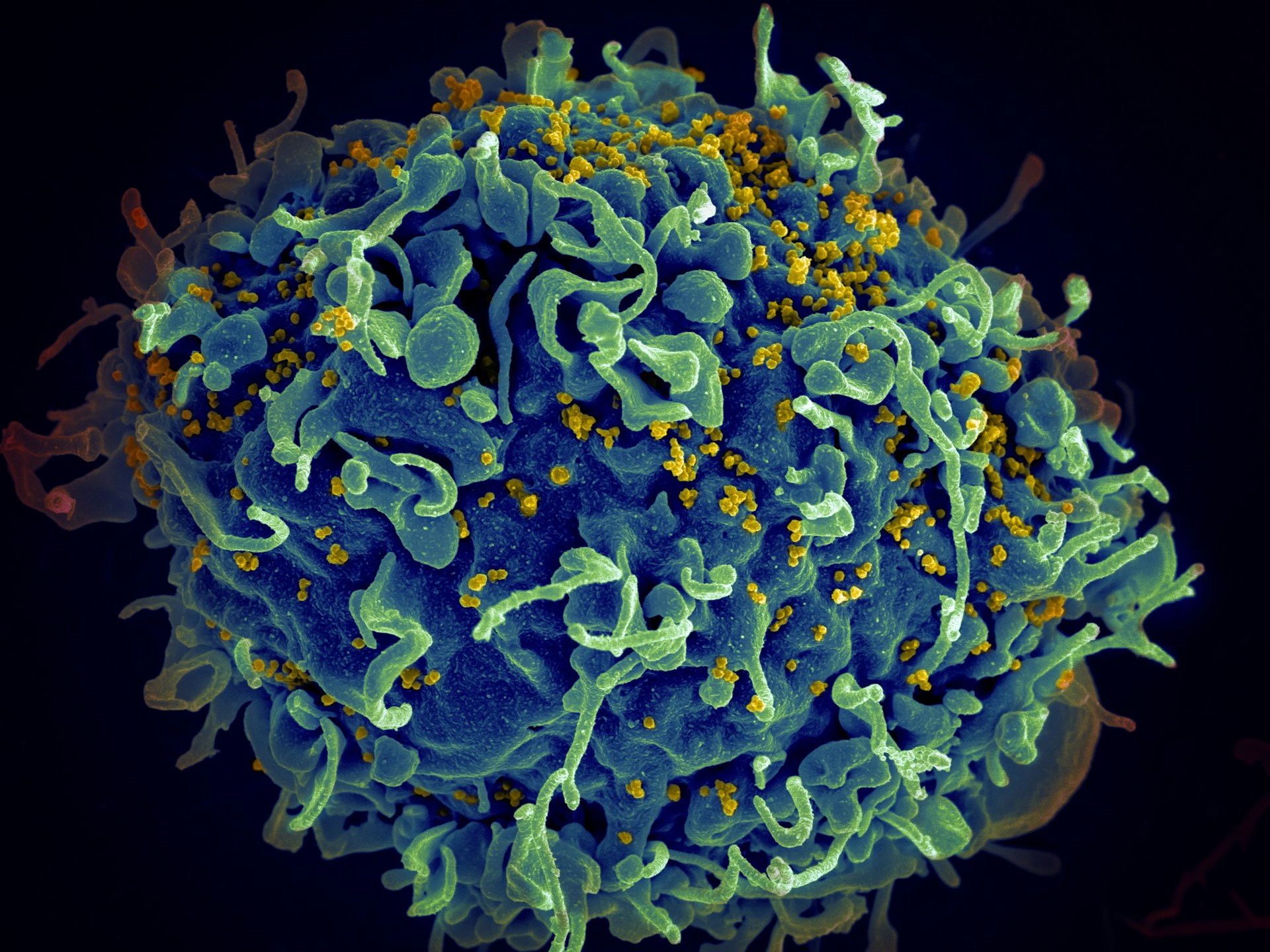Proteins that lack a fixed structure play a central role in a number of diseases, yet they remain difficult to study because of the way they shift between multiple shapes inside living cells. A research team at Ruhr University Bochum, working with the Research Center Chemical Sciences and Sustainability, has now mapped the structural behavior of one of these proteins in more detail. Their findings offer new insight into how certain cancer-associated proteins function and why they are so challenging to target through drug design.
Shrestha, P., Ribeiro, S. S., Aurich, J., Herrmann, C., & Ebbinghaus, S. (2025). Marginal Stability of the YB1 Cold‐Shock Domain in Cells Enables Binding of Multiple Nucleic Acids. Advanced Science. https://doi.org/10.1002/advs.202512966
The study, focuses on the YB1 protein; a well-established regulator of gene expression, protein synthesis, RNA processing and cell stress responses. YB1 is also strongly associated with cancer progression and chemotherapy resistance. Researchers have long known that most of the protein is intrinsically disordered, meaning it does not adopt a single stable structure. Within YB1, however, sits a compact folded region called the cold-shock domain (CSD), and its behavior had not been fully understood inside living cells.
Puja Shrestha and Professor Simon Ebbinghaus from Ruhr University Bochum stated,
“CSDex-nucleic acid interactions result in an overproduction of different proteins or the repair of nucleic acids, for example, which makes cancer cells more resistant to chemotherapy.”
Led by doctoral researcher Puja Shrestha and Professor Simon Ebbinghaus, the team used a method known as fast relaxation imaging (FReI) to observe how the CSD behaves under physiological conditions. This technique monitors changes in protein folding in real time inside human cells, allowing the researchers to see how stable or unstable the CSD actually is as the protein interacts with different molecules.
Across multiple experiments, the group found that the CSD is only moderately stable inside cells. Instead of being consistently folded, it exists in a mixed state—roughly half folded and half unfolded. This partial stability is unusual for a domain thought to support the protein’s function, but it may be part of the mechanism that allows YB1 to adapt quickly to changing cellular environments.
The researchers also examined how nucleic acids influence this behavior. YB1 binds tightly to both RNA and DNA, and these interactions appear to force the CSD into a fully folded state. When the domain binds a nucleic acid partner, its flexibility disappears, and the protein snaps into a consistent, functional shape.
Looking across results from Ruhr University, Advanced Science analyses and prior biochemical studies on YB1 in cancer biology, the team suggests that this instability–stability balance may be essential for how the protein operates. The unfolded state may provide the looseness needed for YB1 to search for binding partners, and the folded state may lock the protein into a specific function once it engages with RNA or DNA.
This dynamic behavior is not just a curiosity. YB1 is known to support the survival of cancer cells by helping them cope with stress, produce proteins more efficiently and repair damaged genetic material. Its ability to switch rapidly between structural states could be part of what makes certain cancer cells more resistant to chemotherapy. When the CSD binds nucleic acids, for instance, it may stabilise interactions that lead to overproduction of proteins and enhanced repair processes; traits that support tumor growth and resilience.
The study also raises questions for drug development. Many cancer-related proteins have intrinsically disordered regions, but the YB1 findings show that even the folded segments within these proteins may not behave consistently. For future therapeutic strategies, researchers may need to design molecules that block the stabilized protein–nucleic acid complexes directly, rather than trying to target the flexible protein alone.
The Ruhr University team plans to examine how specific mutations or chemical modifications alter the CSD’s stability inside cells. Determining whether certain cancer types rely more heavily on the folded CSD state could help in identifying potential intervention points.
As research into intrinsically disordered proteins expands, studies like this one continue to reveal that protein folding inside living cells is far more dynamic and variable than previously assumed. For disease-linked proteins such as YB1, this flexibility may be both a biological advantage and a therapeutic vulnerability.

Adrian graduated with a Masters Degree (1st Class Honours) in Chemical Engineering from Chester University along with Harris. His master’s research aimed to develop a standardadised clean water oxygenation transfer procedure to test bubble diffusers that are currently used in the wastewater industry commercial market. He has also undergone placments in both US and China primarely focused within the R&D department and is an associate member of the Institute of Chemical Engineers (IChemE).


